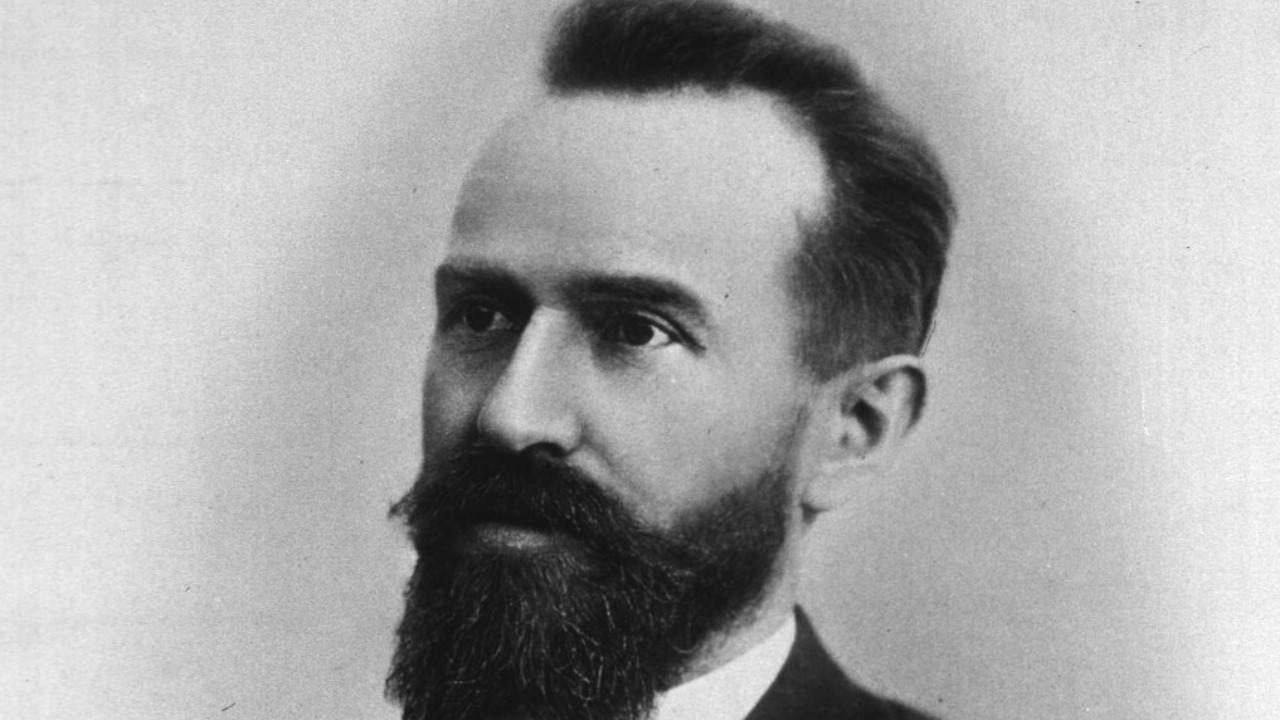
A recent study has confirmed a longstanding theory about the origins of the ‘voices’ experienced by individuals with schizophrenia. This breakthrough validates a hypothesis that has been debated for half a century, suggesting that these auditory hallucinations are linked to disruptions in the brain’s self-monitoring processes. The study’s findings, supported by neuroimaging evidence, could pave the way for advancements in diagnosing and treating schizophrenia by focusing on the mechanisms of inner speech.
The 50-Year-Old Theory
The theory, which dates back to the 1970s, proposes that the ‘voices’ heard by people with schizophrenia are internally generated but misattributed perceptions. This idea was initially put forward by researchers like Julian Jaynes, who explored how disruptions in the brain’s corollary discharge system could lead to auditory hallucinations. The corollary discharge is a neural mechanism that helps differentiate between self-generated and external sounds, and its malfunction could explain why patients perceive their inner speech as external voices. This theory was groundbreaking because it shifted the focus from external auditory input to internal cognitive processes, offering a new perspective on the nature of schizophrenia’s ‘voices’.
Historically, this theory has been a cornerstone in understanding schizophrenia, distinguishing the ‘voices’ from other auditory experiences. It emphasized that these hallucinations are not merely random sounds but are deeply rooted in the brain’s inability to properly monitor and attribute its own speech processes. This understanding has been crucial in developing cognitive models that address the unique challenges faced by individuals with schizophrenia, providing a framework for both research and therapeutic interventions. The theory’s focus on internally generated perceptions has been a pivotal point in differentiating schizophrenia from other mental health disorders, highlighting the unique cognitive disruptions involved.
Details of the Recent Study
The recent study employed functional MRI scans to observe brain activity in participants with and without schizophrenia during inner speech tasks. This methodology allowed researchers to directly measure the brain’s self-monitoring capabilities and compare them across different groups. The study involved 30 patients diagnosed with schizophrenia and 30 healthy controls, ensuring a robust sample size to validate the findings. The results confirmed the 50-year-old theory by showing evidence of impaired self-monitoring in the group experiencing auditory hallucinations, as reported by ScienceAlert.
Key findings from the study revealed that individuals with schizophrenia exhibited significant differences in brain activity during inner speech tasks compared to the control group. These differences were particularly evident in the areas of the brain responsible for self-monitoring and speech processing. The study’s rigorous controls and methodology underscore its significance, providing compelling evidence that supports the long-standing hypothesis about the origins of schizophrenia’s ‘voices’. By isolating the voice phenomenon, the research offers a clearer understanding of the neurological underpinnings of these auditory hallucinations.
Neurological Mechanisms Involved
The study highlighted specific brain regions implicated in the generation of schizophrenia’s ‘voices’, including the auditory cortex and prefrontal areas. These regions are crucial for processing and distinguishing self-generated sounds from external ones. According to the theory, failures in these areas to silence self-generated sounds lead to the misattribution of inner speech as external voices. The study confirmed this by showing reduced activation in the right temporal lobe during self-speech tasks among those experiencing auditory hallucinations.
This breakdown in predictive coding, as validated by the recent study, underscores the complexity of schizophrenia’s auditory hallucinations. Predictive coding is a process by which the brain anticipates sensory input and adjusts its responses accordingly. In individuals with schizophrenia, this process appears to be disrupted, leading to the perception of inner speech as external auditory input. This finding not only supports the 50-year-old theory but also provides a detailed map of the neurological pathways involved, offering potential targets for therapeutic intervention.
Implications for Schizophrenia Research
The confirmation of this theory has significant implications for schizophrenia research and treatment. By refining diagnostic criteria to include assessments of inner speech and self-monitoring capabilities, clinicians may be able to identify individuals at risk for schizophrenia earlier. This could lead to more timely interventions and potentially prevent the full onset of the disorder. Additionally, the study’s insights into the neurological mechanisms of auditory hallucinations open new avenues for therapeutic approaches, such as targeted neurofeedback or medications designed to enhance corollary discharge.
Beyond clinical applications, this research could also help reduce the stigma associated with schizophrenia by framing auditory hallucinations as a neurocognitive error rather than a delusion. Understanding that these ‘voices’ result from specific brain dysfunctions rather than a lack of reality testing can shift public perception and improve the quality of life for those affected. The study, published on October 21, 2025, marks a pivotal moment in schizophrenia research, offering a clearer understanding of the disorder and paving the way for future innovations in treatment and diagnosis.